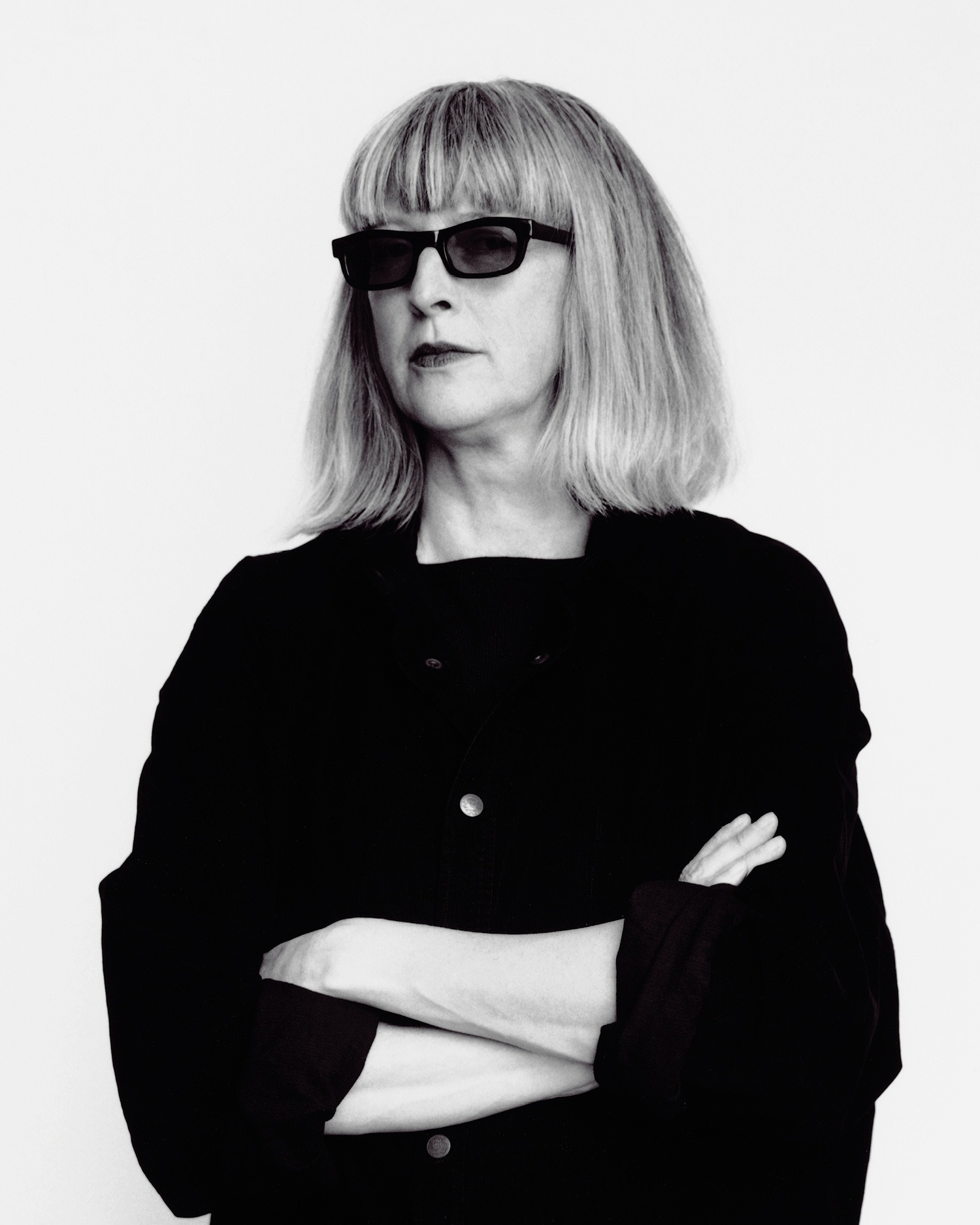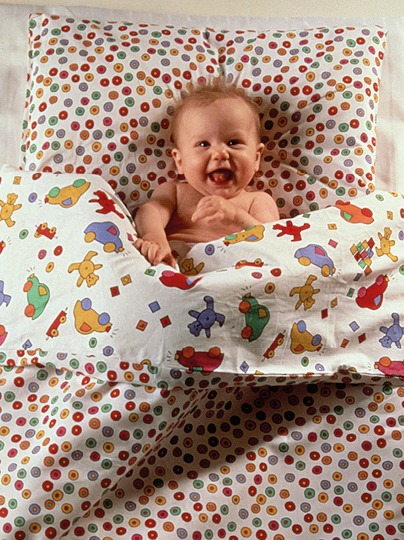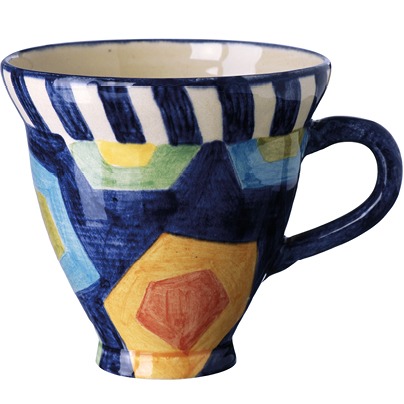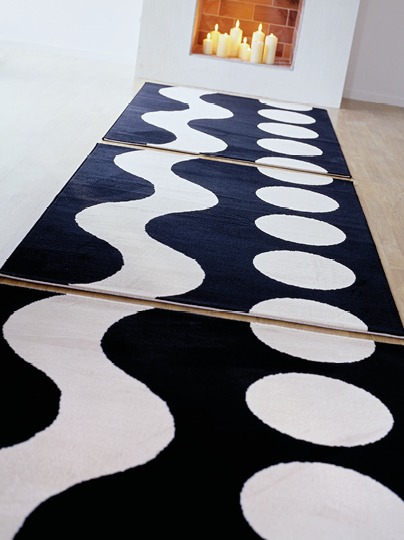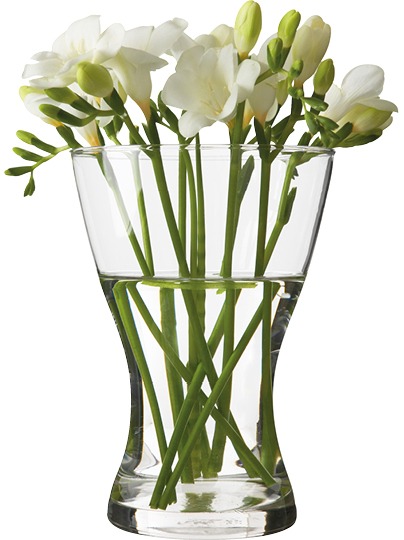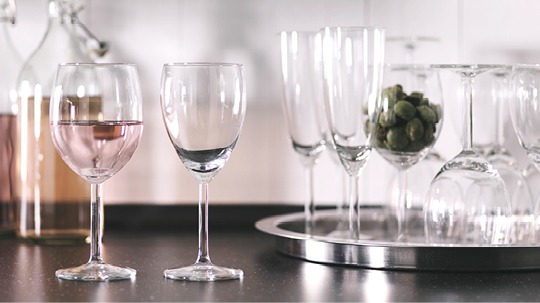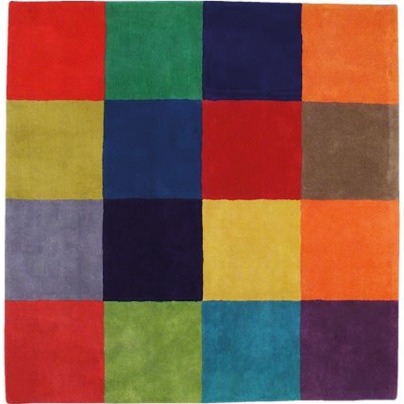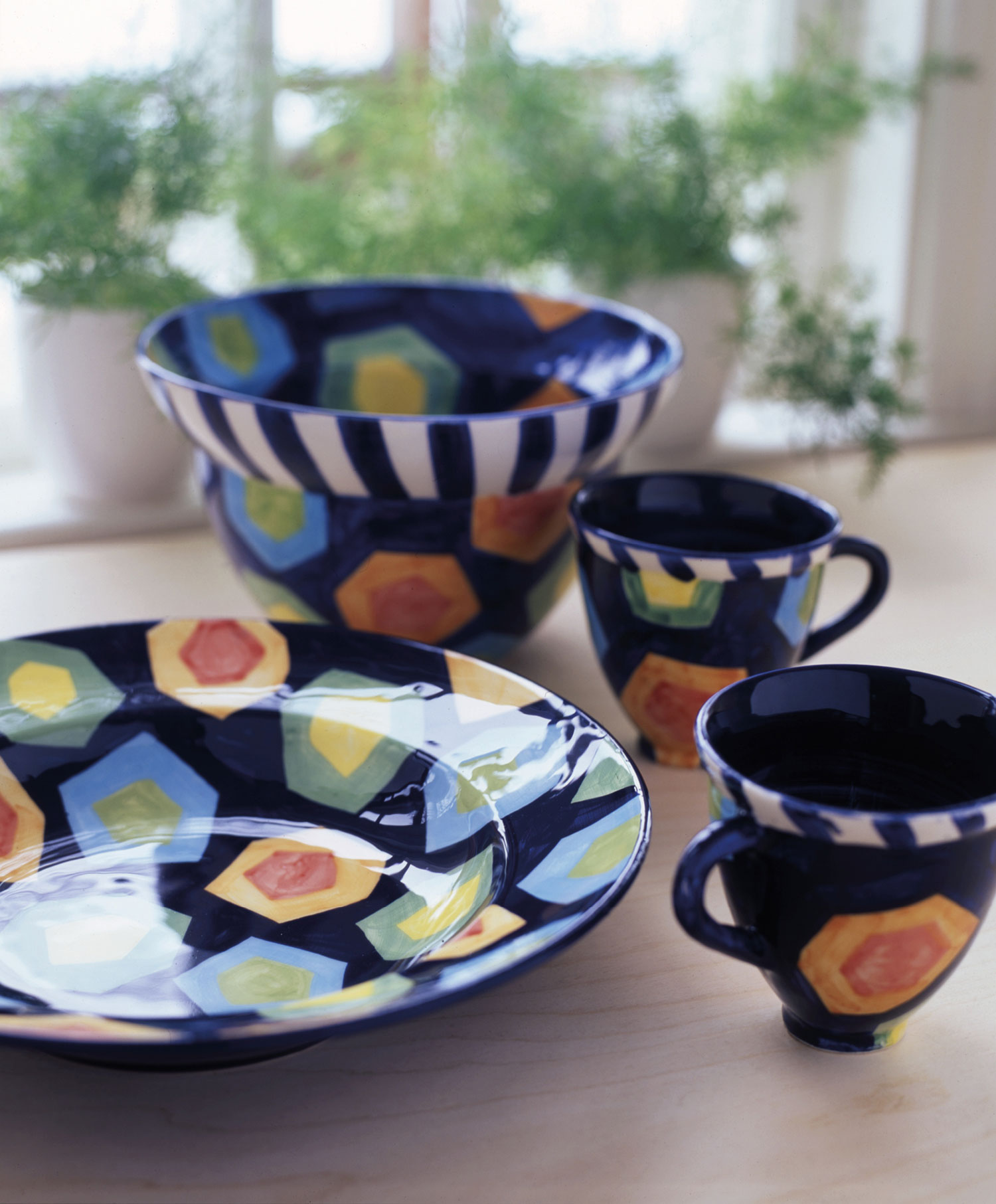68
Åsa grew up in a home filled with textiles and crafts handpicked by her mother, who enjoyed interior decorating. Åsa first dreamed of being a poet, but a high school teacher made her realise that art and design were her true calling. “He told me ‘Åsa, you are an artist’, which gave me the courage to go for it.”
After a summer course at Carl Malmsten’s Capellagården and a year of handicraft training at Nyckelviksskolan, she started at Konstfack in 1968, at a time when it was greatly influenced by the era’s revolutionary spirit. “It was a wild time,” she remembers. Åsa was inspired by the ideas of William Morris, Bauhaus, Wiener Werkstätte, Scandinavian modernism, and credits the Swedish Society of Crafts and Design with making the furniture and design industry realise they needed designers and artists to make the everyday more beautiful for the many people through good design.

